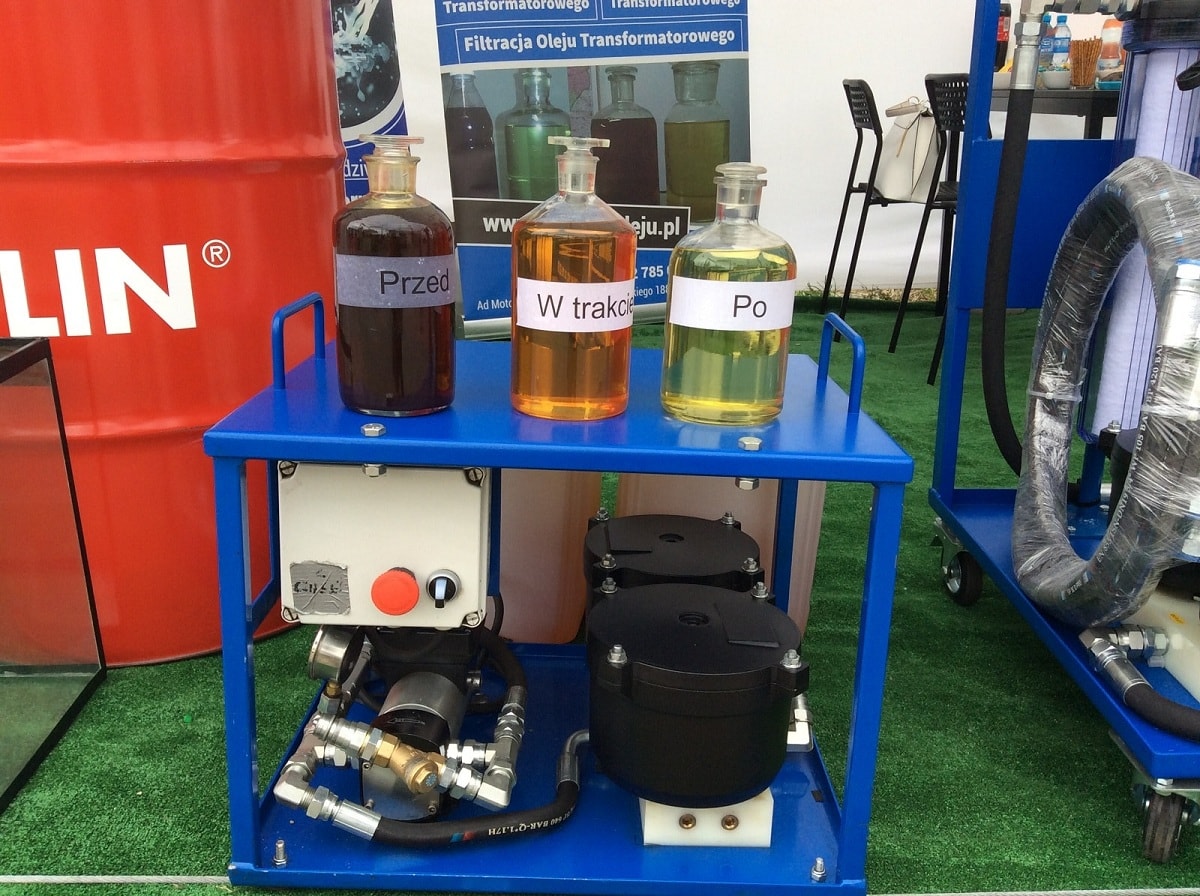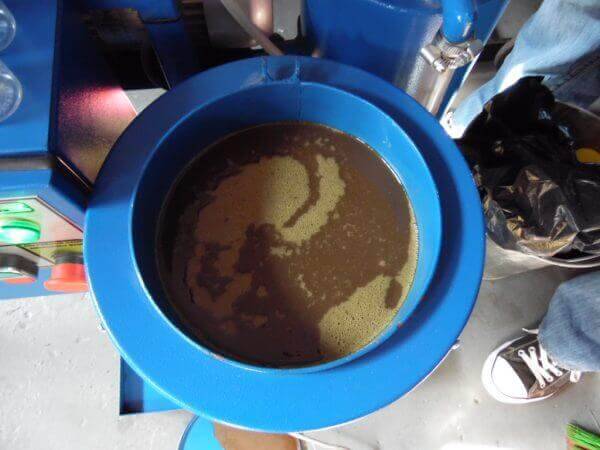Petroleum based oils have a wide range of industrial uses. They lubricate, dissipate heat and provide electrical insulation in high voltage systems. The oils age in use, their performance degrades and ultimately, a large amount of potentially hazardous waste is generated. This article deals with:
- disposal of oil;
- oil regeneration;
- oil re-refining.
Used oil disposal
Disposal is the first approach to petrochemical waste. Combustion of oil generates a lot of heat, which can be used for heating of buildings (up to 35 MJ/liter). With time, special burners for industrial waste oil were developed.
While burning is still one of the most commonly used methods of oil disposal, environmental concerns remain. When waste oil is used as heating fuel, many harmful substances may be released into the atmosphere, with adverse effects both on human health and the natural environment. These are nitrogen oxides, sulfur dioxide, heavy metals, PCBs, polycyclic aromatic hydrocarbons etc. To avoid this, waste oil must be prepared for burning with special equipment to minimize the amount of harmful emissions.
Waste oil regeneration
Since oil re-refining and oil regeneration are similar in meaning, an explanation is in order. Regeneration means complete restoration of the oil’s properties to reuse it for the original purpose. GlobeCore manufactures mobile and stationary units for regeneration of electrical insulation oil, which makes storage and disposal of oil unnecessary. The GlobeCore technology includes several processes: heat, vacuum, filtration and adsorption. The final stage is stabilization of the oil by adding an anti-oxidation substance.
Oil re-refining aims to reprocess waste oil to make basic oil which is then used to produce various petrochemical products. The principal differences from regeneration are as follows:
- re-refining results in oil which is used for a purpose different from its original application. Regeneration restores the oil without changing its type or functions;
- re-refining also yields other fractions, which can then be used in other processes, such as diesel fuel production;
- re-refining allows for mixing of waste oil in the process of waste collection. Regeneration implies working with one specific oil type.
Oil re-refining
The main idea of oil re-refining is that oil itself does not change during use, it only accumulates contaminants. By removing these contaminants and the remaining additives, the oil can be used again and again.
A certain breakthrough in this area was achieved in the mid 1990s, when the technology allowed to obtain basic oils and lubricants with compliant with the tightest quality standards.
Re-refining involves the same methods as crude oil refining. Depending on the condition and degree of contamination of the oil, some or all of the known processes may be used. The approach makes it possible to restore 75-80% of the initial oil amount. The remaining part is lost in the form of separated moisture, removed contaminants and exhausted additives. The quality of the basic oil depends on the re-refining technology and the quality of the original material. Described below are some of the processes that can be used in the course of oil re-refining.
Oil Filtration
Filtration is absolutely necessary for re-refining of oil. Oil passes through filters, which capture solid particles. Some filters can even remove water inclusions.
Efficiency depends on the type of filter media. Metallic mesh, plastic, felt, paper, composites and ceramics are commonly used in practice.
Filtration may consist of one or two stages. In the latter case, the system has two types of filters: coarse and fine. The coarse filter removes larger particles, then the fine filter captures the finer ones.
Vacuum distillation
Vacuum distillation is one of the most commonly used processes to separate liquid substances, waste oil in our case, into several fractions. This is possible due to partial evaporation with subsequent vapor condensation. Since the initial material usually has a higher boiling point, heating it at atmospheric pressure will cause thermal degradation. Vacuum lowers the boiling point of the oil and facilitates successful separation of various fractions.
Solvent extraction
This is yet another oil re-refining method. Its important distinction is that it requires very little heat. Specific solvents are used to extract specific components.
Benefits of oil re-refining
Some of the benefits of oil re-refining are:
- Reduction of environmental footprint (protects pollution of soil and water bodies, reduces greenhouse gas and heavy metal emissions compared to the use of waste oil as heating fuel);
- Reduction of electricity consumption in the production of lubrication materials (production of base oil by re-refining requires 50-80% less power than crude oil refining);
- Saving the limited crude oil resources.
GlobeCore manufactures equipment for oil re-refining to match the customer technology processes. For more information, send your inquiry through the contact page of our website.


